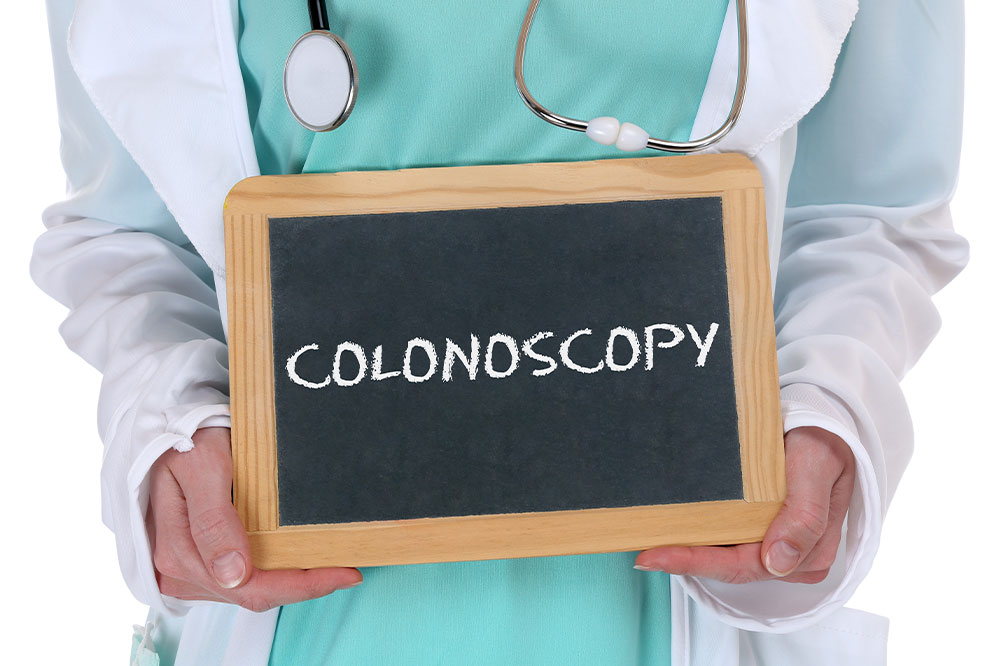
Colonoscopy – Procedure and preparation
A colonoscopy is a procedure that allows doctors to examine the inside of the rectum and colon and check for abnormalities. Doctors use an instrument called a colonoscope to conduct the test. Colonoscopies are essential for detecting diseases in the large intestine. The procedure allows for precise diagnosis and, at times, treatment without making one undergo major surgery. So here is everything one should know about colonoscopy and what to expect during the procedure:
What is a colonoscopy?
It is a test and treatment procedure that uses a thin and long tube called a colonoscope to look inside the large intestine. The doctor may recommend a colonoscopy if one has been experiencing symptoms such as abdominal pain or bloating or after an abnormal test result. The colonoscope is inserted through the rectum and into the colon. As it moves along the length of the colon, the doctor can look for any abnormal growth or other issues. A biopsy, in which a small tissue sample is extracted, can be conducted for further testing if the doctor finds something suspicious.
Who should get a colonoscopy?
The procedure is generally recommended for people over 50, as this is when the risk of colorectal cancer begins to increase. If one exhibits symptoms of colorectal cancer, such as bleeding from the rectum or blood in your stool, the doctor may recommend a colonoscopy to rule out cancer. However, other factors can increase one’s risk of developing this type of cancer, such as a family history of the disease or being affected by conditions. If one believes they are at risk of colon cancer, they should discuss their concerns with a doctor and determine if a colonoscopy is the best option.
What to expect?
A colonoscopy helps the doctor examine the lining of the large intestine (colon) and rectum. The procedure can help reveal issues like tumors, ulcers, polyps, and other abnormal growths in the colon. It can also detect bleeding or inflammation in the intestine. During the procedure, the doctor will insert a long, narrow tube called a colonoscope into the rectum. The flexible instrument has a light and camera at one end so that the doctor can view the inside of the intestine on a video screen. The doctor can also conduct biopsies during the observation to check a tissue sample for cancer or other conditions. The examination usually takes 30 to 60 minutes but may take longer if polyps or other abnormalities are detected in the intestine. It is typically conducted as a screening test for colorectal cancer but can also be used to diagnose and treat other conditions in the lower gastrointestinal tract. Most people can handle a colonoscopy and do not experience severe side effects after the procedure. However, one should learn about the risks like bleeding from biopsy sites, infection, or perforation.
Preparation
The best way to prepare for the examination is to follow the doctor’s instructions on cleansing the colon. This usually involves being on a clear liquid meal regimen for several days before the procedure and taking laxatives or enemas to empty the bowels. One will also have to avoid eating or drinking anything for at least 8 hours before the procedure. It is essential to follow these instructions carefully, as an unclean colon can make it difficult for the doctor to get an accurate view during the procedure. One should discuss all the steps with the doctor or the nurse before signing up for the examination.
What comes next?
After the procedure, the patient is taken to a recovery zone, where they will be monitored for complications. Once their vital signs are steady and normal, they can go home. One may experience cramping during the procedure. This is not a major concern, and the cramping should subside within a few hours. One should avoid strenuous activity following the examination and drink plenty of fluids for the rest of the day.




